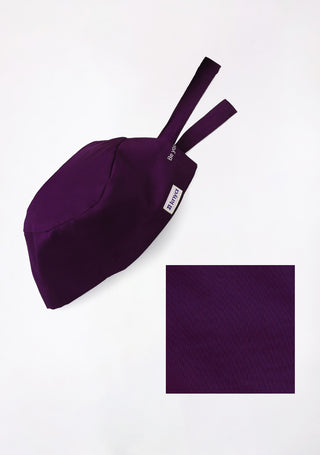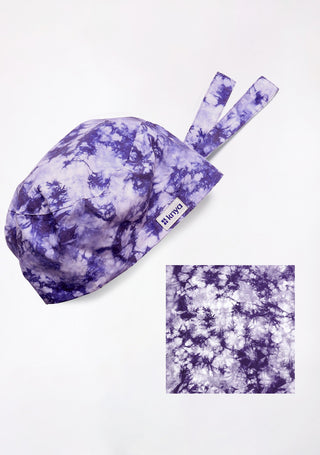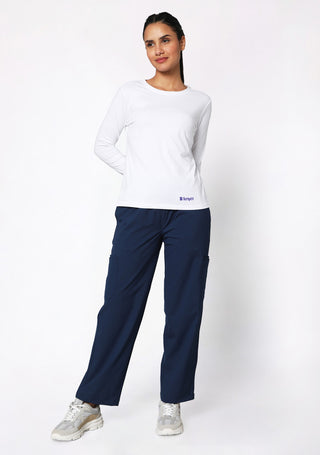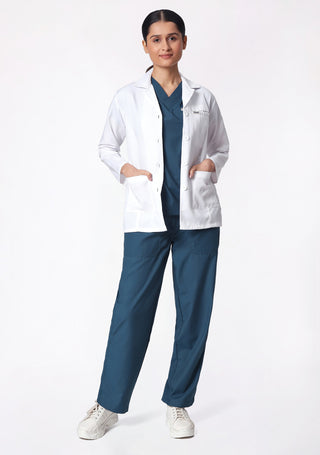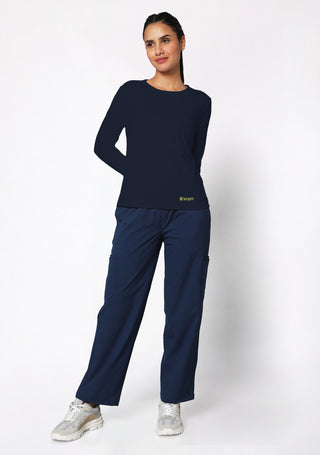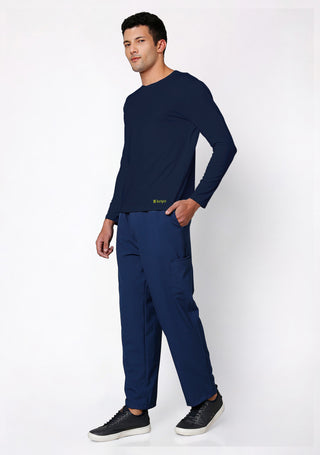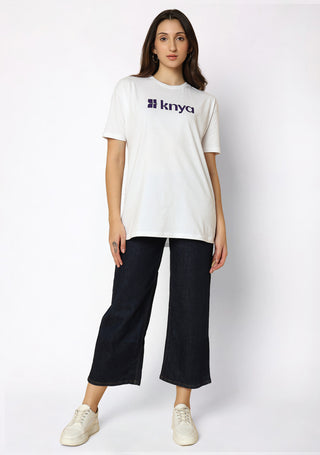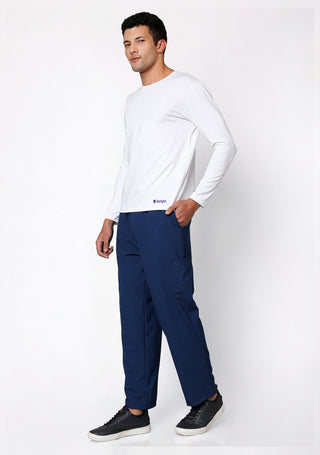Medical uniforms play a crucial role in maintaining hygiene, professionalism, and safety in healthcare settings. Among them, surgical and medical scrubs are two primary categories that serve distinct purposes. While both are essential to healthcare professionals, they differ significantly in terms of design, material, and usage. Understanding these differences can help medical students and professionals choose the right attire for their roles.
The Evolution of Medical Uniforms
Historically, healthcare professionals wore everyday clothing, which posed a high risk of contamination. Over time, uniforms evolved to meet the growing demands of hygiene and professionalism. Surgical scrubs, in particular, underwent significant changes in fabric and sterility requirements to ensure maximum protection in operating rooms. Meanwhile, medical scrubs became the standard attire for general healthcare workers, providing comfort and ease of movement.
The introduction of standardized scrubs in hospitals led to improved infection control. Earlier, white coats were the norm, but their tendency to show stains led to the adoption of green and blue hues, which are easier on the eyes during long surgeries. Over the years, scrubs have become an integral part of healthcare attire, improving both functionality and aesthetics.
Ready to explore our amazing scrubs collection? Browse the best here
Understanding Surgical Scrubs
1. Fabric and Material
Surgical scrubs are made from high-quality, fluid-resistant materials such as polyester-cotton blends. These materials offer breathability while preventing contamination, making them ideal for long surgical procedures. The fabric is also designed to withstand multiple rounds of sterilization, ensuring durability and hygiene.
2. Design and Features
Designed for maximum mobility, surgical scrubs have a simple, functional design. They often include pockets for storing essential tools but prioritize sterility over fashion. The cut of surgical scrubs is kept loose to allow unrestricted movement, crucial for performing precise surgical tasks.
3. Sterility and Hygiene
Surgical scrubs must meet stringent sterility requirements. They are typically sterilized before each use to minimize the risk of infections in operating rooms. Strict protocols exist for wearing and removing surgical scrubs to prevent contamination.
4. Regulations and Standards
Healthcare institutions have strict guidelines on the usage, maintenance, and disposal of surgical scrubs to ensure compliance with hygiene protocols. Hospitals may also provide on-site laundering services for reusable surgical scrubs to maintain strict sterility standards.
5. Purpose in Operating Rooms
Surgical scrubs serve as a protective barrier between the wearer and the patient, reducing infection risks and ensuring a sterile environment during procedures. Their use is mandatory in high-risk environments such as surgical theaters, labor wards, and critical care units.
6. Color Coding and Identification
Different colors of surgical scrubs help differentiate roles in the operating room. For example, surgeons may wear green or blue scrubs, while anesthetists may wear a different shade. This color coding helps create a structured workflow and reduces confusion during procedures.
7. Types of Surgical Scrubs
- Disposable vs. Reusable: Disposable scrubs are used once and discarded, while reusable scrubs undergo sterilization before reuse.
- Antimicrobial Scrubs: These contain antimicrobial properties to prevent bacterial growth.
- Maternity Scrubs: Designed for pregnant healthcare professionals, offering comfort and flexibility.
- Moisture-Wicking Scrubs: These scrubs help keep the wearer cool by wicking away sweat, improving comfort during long surgeries.
Click here to Explore All Women's Scrubs and discover our complete collection of comfortable and stylish medical apparel
Understanding Medical Scrubs
1. Fabric and Material
Medical scrubs are typically made from lightweight cotton or polyester blends, providing comfort and durability for healthcare workers in diverse settings. Some high-performance medical scrubs also incorporate stretchable fabrics to allow better mobility.
2. Style and Fit
Unlike surgical scrubs, medical scrubs come in various styles, colors, and patterns. Healthcare professionals can choose based on personal preference and institutional guidelines. Some scrubs even feature modern tailoring for a more polished and professional look.
3. Functionality
Medical scrubs feature multiple pockets, allowing doctors, nurses, and technicians to carry essential tools conveniently. Some scrubs also incorporate reinforced seams for added durability in high-use environments.
4. Usage in Various Healthcare Settings
Medical scrubs are used in clinics, hospitals, laboratories, and long-term care facilities, serving as a practical and professional attire choice. Their adaptability makes them a staple for many healthcare roles.
5. Color Coding for Different Departments
Many hospitals use color-coded medical scrubs to differentiate between departments, improving coordination and patient recognition. For example, nurses may wear navy blue, while emergency staff may wear red or maroon scrubs.
6. Maintenance and Care
Proper washing and storage of medical scrubs ensure longevity and hygiene. Unlike surgical scrubs, they do not require sterilization before each use but must be cleaned regularly. It is recommended to wash medical scrubs separately from regular clothing using high-temperature settings and disinfectants.
7. Cost Considerations
Medical scrubs are generally more affordable than surgical scrubs due to differences in material and sterilization requirements. The wide availability of medical scrubs in different price ranges allows professionals to choose options that fit their budget.
8. Sustainability and Eco-Friendly Scrubs
With increasing awareness of environmental impact, many brands now offer sustainable medical scrubs made from recycled materials or organic cotton, reducing the carbon footprint of healthcare attire.
Surgical Scrubs vs. Medical Scrubs: A Comparison Table
|
Feature |
Surgical Scrubs |
Medical Scrubs |
|
Material |
Fluid-resistant, durable |
Soft, lightweight |
|
Sterility |
Sterilized before each use |
Regularly washed, no sterilization required |
|
Design |
Simple, functional |
Stylish, various designs |
|
Usage |
Operating rooms |
General healthcare settings |
|
Color Coding |
Green, blue |
Multiple colors |
|
Maintenance |
Strict sterilization |
Machine washable |
|
Cost |
Higher due to sterility requirements |
More affordable |
|
Eco-Friendly Options |
Limited |
Widely available |
Conclusion
Both surgical and medical scrubs serve vital functions in healthcare. While surgical scrubs prioritize sterility and are used in operating rooms, medical scrubs provide comfort and versatility for general healthcare workers. Understanding their differences helps medical professionals make informed choices, ensuring they meet both safety and professional standards.

